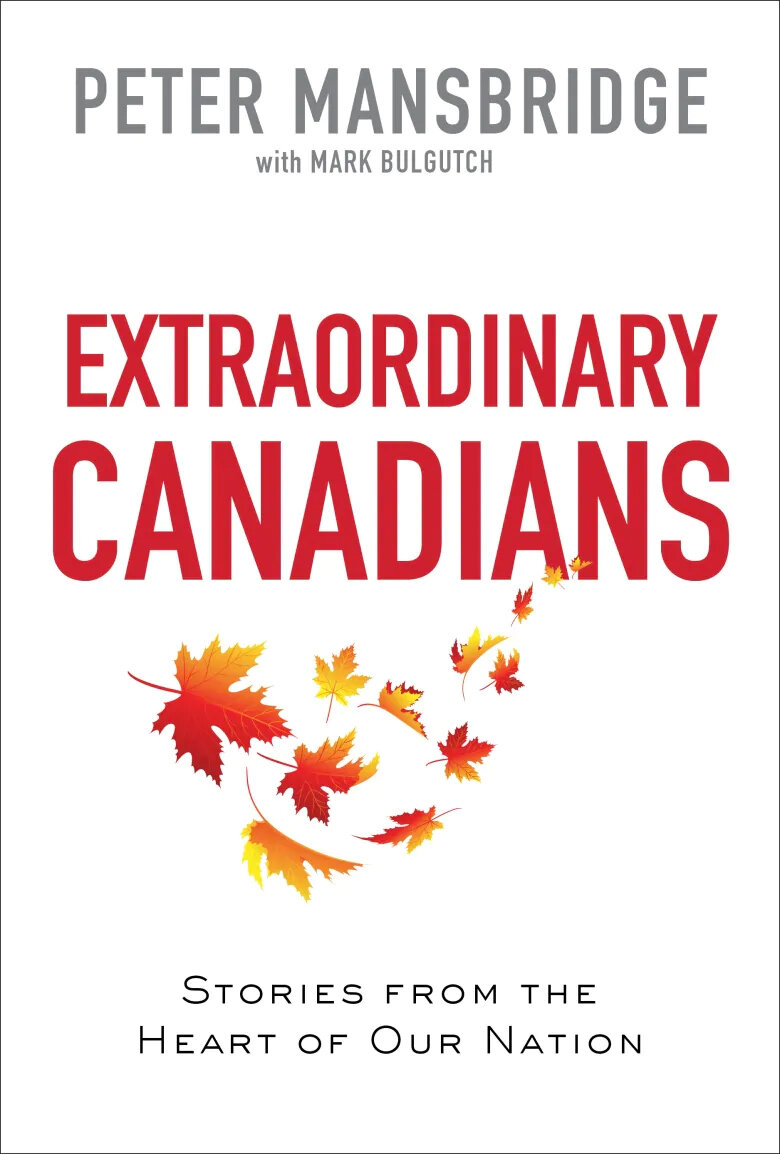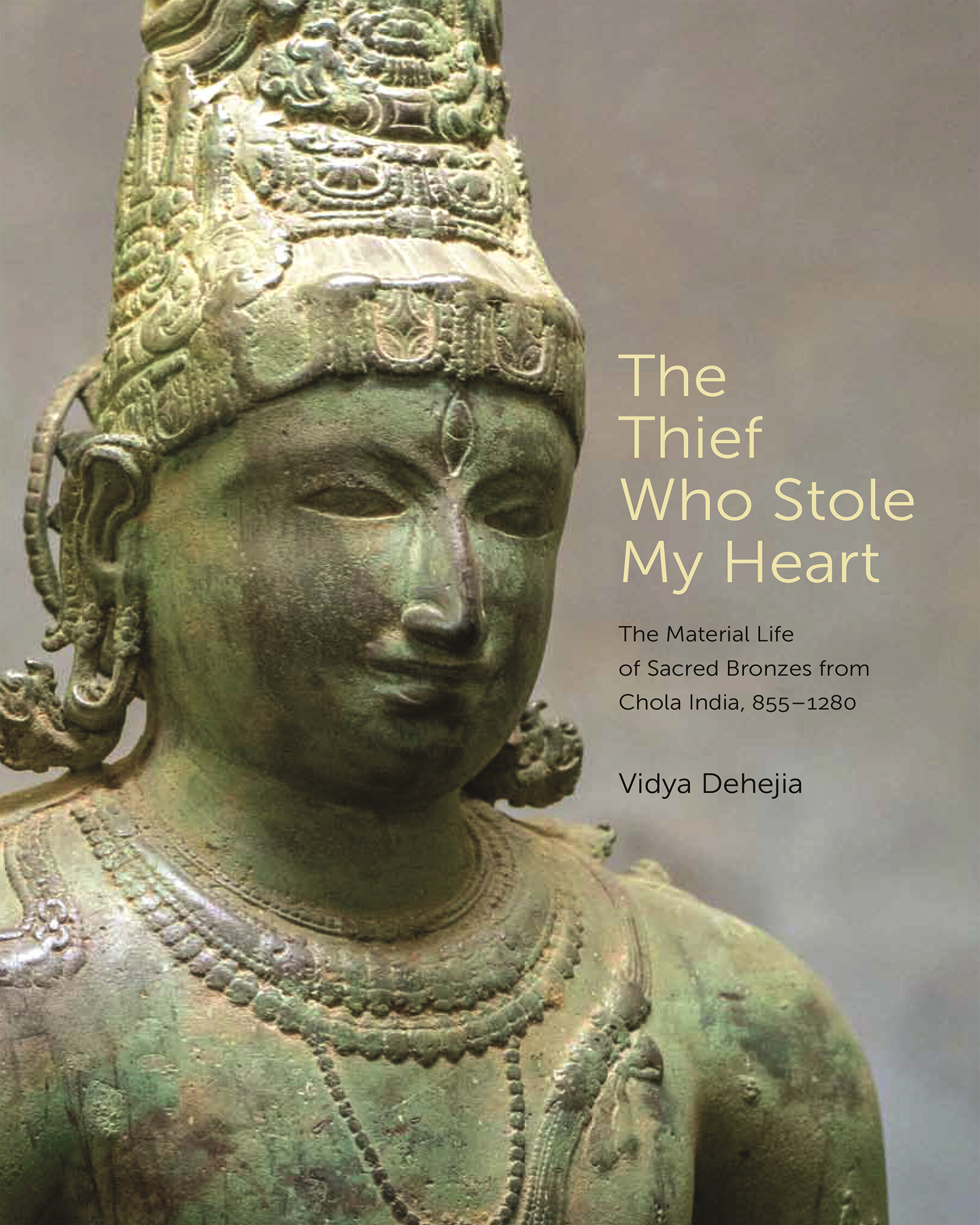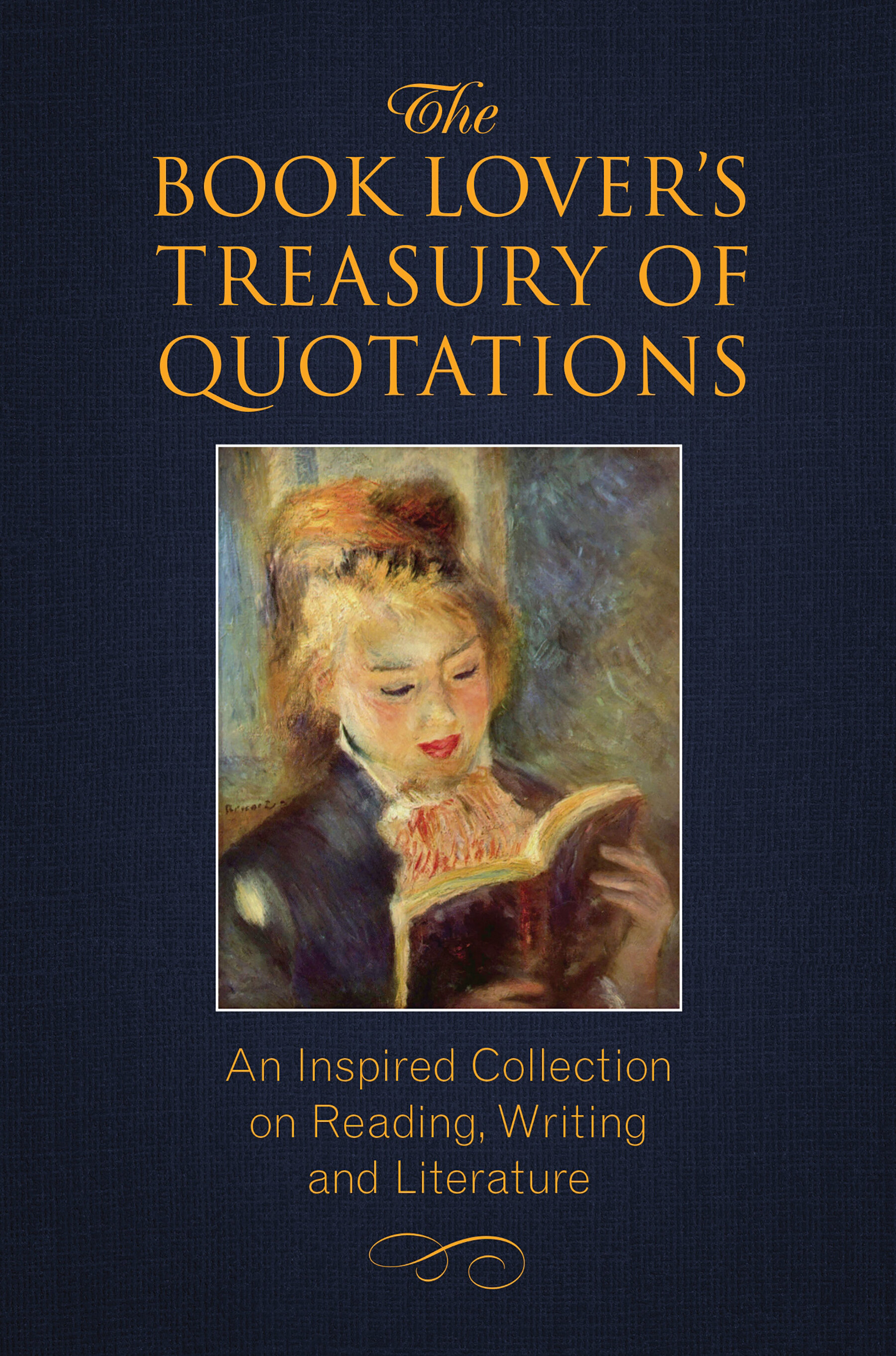BOOKWORM
CELEBRATING CANADIANS
Extraordinary Canadians by Peter Mansbridge, Simon & Schuster, $36.99. The responsible manner in which Canadian media covered the attack on Parliament Hill in 2014 drew praise from a journalist friend in India.
He was particularly impressed by CBC’s coverage. Calm, careful fact-checking and no grandstanding or rabble-rousing. The face of that coverage, of course, was Peter Mansbridge, who apprised Canadians of the tragic and shocking developments in his trademark dignified way. Thus it’s fascinating to read about Mat Devlin in Extraordinary Canadians.
Devlin was the emcee at the official welcome home for the Raptors after their storybook run in the playoffs during which Kawhi Leo-nard ruled our hearts. He was also the man who maintained remarkable calm and ensured no panic ensued when he was informed that there was a gunman at the intersection of Queen and Bay.
The crowd that day was huge. It’s estimated that one to three million people lined the parade route that wound its way through downtown Toronto...
Justin Trudeau was there.
Devlin reminded himself that “Words are powerful; your tone is extremely important”. He’s credited with preventing disaster that day. He, in turn, credits the people of Toronto for not letting disaster happen. He credits the Toronto police, the emergency medical staff and a “prime minister who didn’t race for cover knowing full well that too could have caused panic”.
The book profiles more such remarkable, inspiring people. Most are not well-known names or celebrities, but all have had a huge impact and have touched countless lives.
Among them, you’ll find child welfare activist Cindy Blackstock; Gina Cody, who became the first woman in Concordia University’s history to get a PhD in building engineering; Rob Nash who survived a horrific car crash and went on to reach out to over one million students, talking about issues such as addictions, self harm and suicide; emergency registered nurse Moses Li, who provides medical care to inner city population in Vancouver and entrepreneur and philanthropist Manny Kohli.
It’s about people who have put the lives of Canadians of all walks of lives first. That’s what being a hero means to me, writes Mansbridge in his introduction.
LAHIRI’S LATEST
Whereabouts by Jhumpa Lahiri, Knopf Canada, $29.95. That Jhumpa Lahiri is a phenomenal writer has been evident since her first book, Interpreter of Maladies, for which she picked up a Pulitzer.
The Namesake cemented her fan base and every new book was eagerly awaited. But after Unaccustomed Earth and The Lowland, she took a most unexpected turn. Lahiri made her home in Italy and she not only learnt the language, she chose to live it. To not only speak only in Italian, but attempt to think in Italian. Her first book in Italian, In Other Words, was translated into English by Ann Goldstein.
Whereabouts, her second book in Italian, was translated by Lahiri herself. It’s hard to comprehend how she rewired her brain to change its default settings in such a manner – wouldn’t it be infinitely simpler to just rewrite the book in English? But Lahiri pulls it off spectacularly
An unnamed narrator in an unknown city presents vignettes from her life in the arc of one year. As you go along, on the sidewalk, on the street, in the office, in the trattoria, and so on, with her, you celebrate ordinary life and community while exploring themes of presence and absence. As she wavers between the need to belong and the refusal to form lasting ties, we follow her to the pool she frequents and to the train station that leads to her mother.
Her prose, as always, is sparse, yet lyrical.
The simple sandwich I always get amazes me, too. As I eat it, as my body bakes in the sun that pours down in my neighbourhood, each bite, feeling sacred, reminds me that I am not forsaken.
Every book-lover is bound to connect with the following sentiment:
I feel stingy but I can’t lend my book to this man, I just can’t.
You don’t need a backstory with Lahiri setting the scene and defining her protagonist in a few well-chosen words.
If I walk into a store, if I admire something but don’t buy it, if I manage to walk out and manage to avoid the cash register, I feel like a virtuous daughter.
And she encapsulates solitude like few others.
Solitude demands a precise assessment of time, I’ve always understood this. It’s like the money in your wallet: You have to know how much time you need to kill, how much to spend before dinner, what’s left over before going to bed.
In Whereabouts, Lahiri presents another book to treasure.
POETRY IN BRONZE
The Thief Who Stole My Heart by Vidya Dehejia, Princeton University Press, USD 75. From the ninth through the thirteenth century, master craftsmen of the Chola empire in southern India produced thousands of bronze statues of Hindu deities.
The physical perfection embodied by these statues was meant to reflect spiritual beauty and divine transcendence. And they inspired some of the finest poems in Tamil literature.
He wears a woman’s earrings on one ear;
riding on his bull,
crowned with the pure white crescent moon,
his body smeared with ashes
from the burial-ground,
he is the Thief who Stole My Heart
wrote poet-saint Sambandhar of the statue of Shiva created over 1000 years ago. Many of these statues are – amazingly – still used in daily worship in the temples where they were installed.
During festivals, these bronze sculptures were adorned with jewels and flowers and paraded through towns as active participants in Chola worship.
In this richly illustrated book, leading art historian Vidya Dehejia introduces the bronzes within the full context of Chola history, culture, and religion. In doing so, she brings the bronzes and Chola society to life before our very eyes.
Dehejia presents the bronzes as material objects that interacted in meaningful ways with the people and practices of their era.
Describing the role of the statues in everyday activities, she reveals not only the importance of the bronzes for the empire, but also little-known facets of Chola life.
She considers the source of the copper and jewels used for the deities, proposing that the need for such resources may have influenced the Chola empire’s political engagement with Sri Lanka.
She also investigates the role of women patrons in bronze commissions and discusses the vast public records – many appearing here in translation for the first time – inscribed on temple walls.
From the Cholas’ religious customs to their agriculture, politics, and even food, The Thief Who Stole My Heart offers an expansive and complete immersion in a community still accessible to us through its exquisite sacred art.
WHO SAID THAT?
The Book Lover’s Treasury of Quotations, Hatherleigh Press, $12. What draws us to books and why do we read them? There are as many reasons as there are people on the planet.
To Alan Bennet, “A book is a device to ignite the imagination”.
To Edward P. Morgan, “A book is the only place in which you can examine a fragile thought without breaking it”.
A book is like a flowing river. The stories that come alive are as unique as each of us are as individuals. As Edmund Wilson put it, “No two persons ever read the same book”.
The Book Lover’s Treasury of Quotations is a collection of witty, heartfelt thoughts about reading, about the stories that continue to stir deep within us long after we have put the book down, a gateway to another world.
HIGHS AND LOWS
Feelings by Manjit Thapp, Random House, $28.99. In Manjit Thapp’s world, moods change as quickly as the weather; each new season brings different shades of anxiety and hope that fuel growth.
Feelings is a visual journey through a young woman’s year of emotions, from the saturated highs of early summer to the grey isolation of late winter.
Thapp has dedicated the book to “those who feel all the feels” and clarifies that the woman we meet, though not an exact mirror of her, represents many important parts of who she is. The book is inspired by the six-season calendar familiar to those from South Asia who know of the monsoon season.
My summer sadness is too heavy to carry. So I let it fall. Tear by tear.
GO WITH THE FLOW
Oh, The Lavas That Flow! by Todd Tarpley, illustrated by Aris-tides Ruiz and Joe Mathieu, Random House, $12.99. Science books don’t get any hotter than this rhymed introduction to volcanoes.
Mount Krakatoa
was strange as can be.
it erupted, then quickly
sank into the sea!
TEEN REVIEW
By ASHNII GANDHIRAM
Anne of Green Gables by L.M. Montgomery, Read Books, 2017. $24.00. I picked up Anne of Green Gables by celebrated Canadian author Lucy Maud Montgomery, skeptical of its high praise.
But I was delighted to find myself thoroughly enjoying the novel. We are introduced to our brave, imaginative protagonist, Anne, as she’s waiting outside to meet her adoptive family, only to realize that the entire adoption process had been a mistake. Through circumstance and a bit of luck, the Cuthberts adopt young Anne and allow her to live in Green Gables.
The pacing of this book is great. The novel centres on the trials and tribulations Anne faces as she grows up in the small town of Avonlea.
The story begins when Anne is 11 and we see her carefully comb through the milestones of adolescence as she reaches 17.
Each chapter and its adventure had a purpose and lots of humour. It never felt rushed nor did it drag. Despite the story taking place over five years, Anne’s growth is organic.
Sometimes the characters felt a little one-dimensional. There was a moralistic quality to this book, so nothing really bad happened. It was almost like a journal of a girl in the early 1900s. Anne felt real, but I couldn’t find much depth or complexity to her emotions.
An enjoyable read.
• Ashnii Gandhiram is a Youth Volunteer at Brampton Library.







